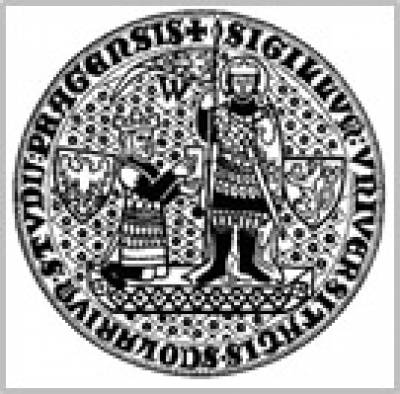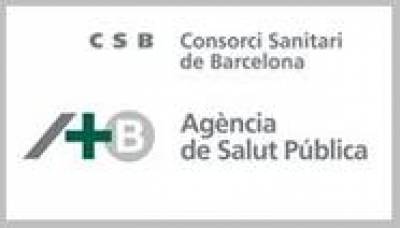
Prague is the capital and largest city of the Czech Republic, situated in the North-West on the Vltava River in the centre of the Bohemian Basin. Prague has an area size of 496 km squared and contained 1,181,610 inhabitants (Men: 566,542 l Women: 615,068) in 2005, representing 11.5% of the country's population. Prague's population is steadily ageing (15.6% of the population are 65 years or older). While the population size has been decreasing in recent decades, this has since been bolstered by rising immigration rates. Prague has the highest immigration rate (7.6%) among Central European cities included in the INEQ-CITIES Atlas. These factors result in a sparse population density of 2486.3 inhabitants per km squared in 2007 - 2009, the third lowest in the INEQ-CITIES Atlas.
In
2005, Prague had an unemployment rate of 3.5%, which alongside Zurich, is the lowest
unemployment rate shown in the INEQ-CITIES Atlas. Of the 74.8% of the city populace
active in the labour force, 29.5% are employed in the in the service sector,
27.3% in manufacturing, construction and transportation, 23.2% in education,
personal services and health and social care, and 8.3% in public services.
- City Profile
-
Prague has a specific demographic profile, defined by a very low unemployment rate and a steadily aging population. Demographic figures from the 2006 Statistical Yearbook of Prague are shown below:
- Population aged 0 - 14: 12.3%
- Population aged 65 and older: 15.6%
- Population aged 16 - 64 in the labour market: 74.8%
- Unemployment: 3.5%
- Immigrant population: 7.6%
- Methods
-
Socio-economic and mortality analyses were conducted at a small area-level within each city. The maps of Prague represent 57 Town Districts (NUTS V) or small areas. The data collected from 2003 - 2007 by the Czech Statistical Office were used to obtain the population size per Town District. The INEQ-CITIES research of Prague is based on these figures.
The table below shows the estimated population size per Town District by first, second (median) and third quartiles, based on 2004 figures from the Czech Statistical Office.
Population Size per Small Area, Prague Men Women First Quartile
912 906 Median 1,875 1,575 Third Quartile
13,320 13,890 - Socio-Economic Indicator Maps
-
Social inequalities were examined using markers of deprivation to assess geographical segregation according to socio-economic characteristics. Find out more about socio-economic inequalities within Prague by viewing area-level maps of Socio-Economic Indicators of:
Area-level maps of manual workers are not available for Prague.
- Mortality Maps
-
Mortality ratios were examined for all-cause mortality and disease-specific mortality, separately for men and women. Find out more about health inequalities within Prague by viewing area-level maps of:
- Resources
-
For further information about health inequality and the INEQ-CITIES research conducted in Prague, please go to:

 Close
Close





